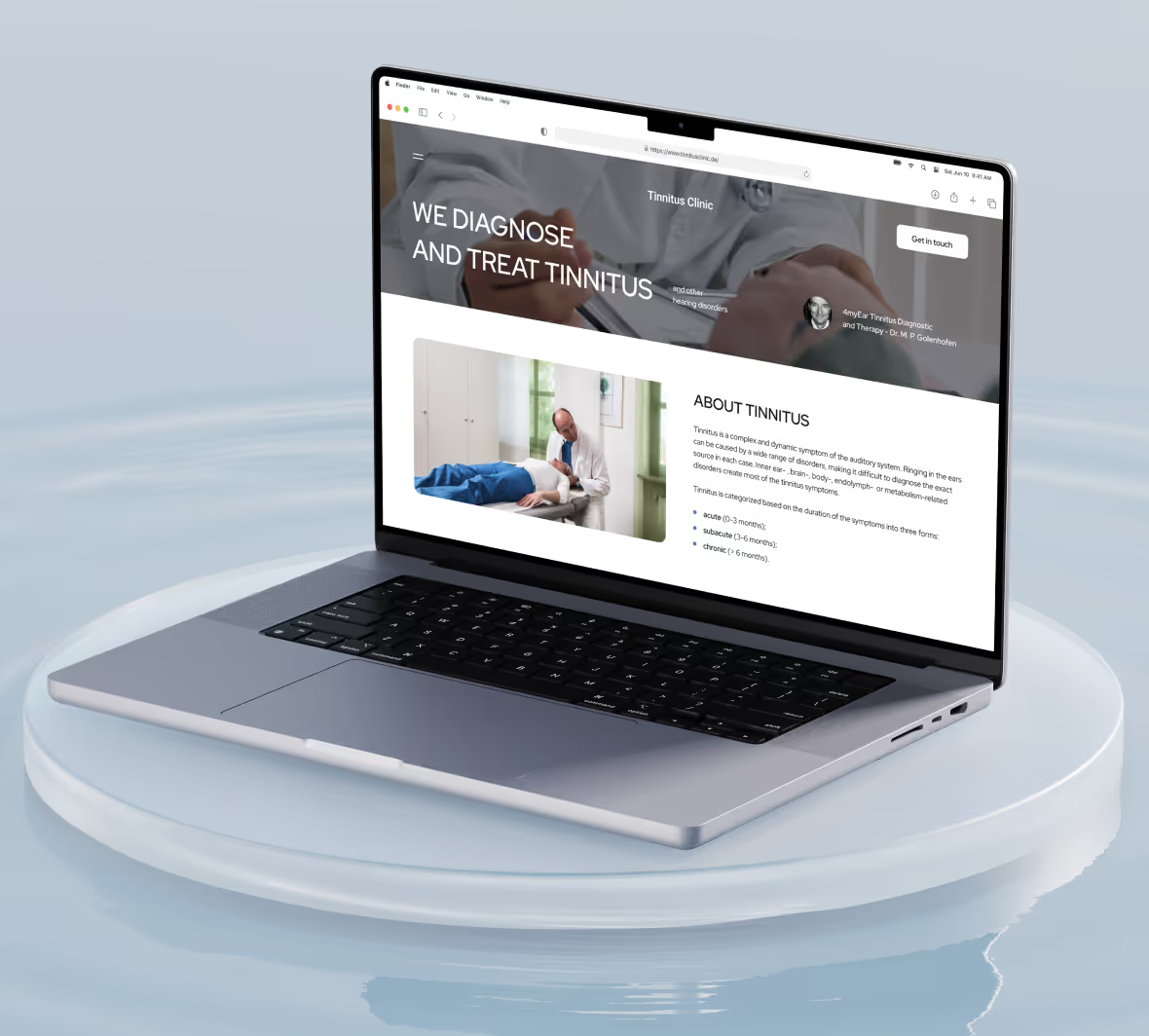
The Evolution of Software Development: From Punch Cards to No-Code Platforms
The journey of software development has transformed coding from a machine-focused process to one that prioritizes human usability. Like the evolution from command-line computing to graphical user interfaces (GUIs), software development has advanced from binary punch cards to intuitive WYSIWYG (What You See Is What You Get) editors, allowing anyone—not just developers—to create software. Here’s a look at how coding has evolved to be accessible, efficient, and increasingly visual.
1. Punch Cards and Machine Code (1940s-1950s): Hardware-Centric Beginnings
Early programming required direct hardware interaction, using punched cards and binary code to input instructions on massive computers like ENIAC. Software was entirely machine-focused, with every command optimized for hardware performance.
Parallel: Early personal computing also demanded precision, with text-based command-line interfaces like MS-DOS, where users entered exact commands to communicate with the machine.
2. High-Level Languages (1950s-1960s): Coding Becomes Human-Readable
Languages like FORTRAN, COBOL, and LISP began to make coding accessible by abstracting complex hardware commands into readable code. These high-level languages let developers focus on functionality rather than hardware minutiae, paving the way for a broader programming audience.
Parallel: Much like high-level languages simplified coding, early operating systems moved beyond text-only commands, introducing basic GUIs to ease computer interactions.
3. The GUI Revolution (1970s-1980s): Computers for Everyone
Personal computers and GUIs, popularized by Apple Macintosh and Windows, made computing intuitive for non-technical users. Meanwhile, programming languages like C empowered developers to build diverse applications for home and work. GUI-based operating systems brought computing to the masses, while coding was still largely manual.
Parallel: GUIs made personal computing easier and more visual, just as high-level languages did for coding, but true visual software development had yet to arrive.
4. The Internet Era (1990s-2000s): Web Development and Collaborative Coding
The web’s arrival turned coding into a collaborative, global effort. Developers now built web apps using HTML, JavaScript, and server-side languages. Integrated development environments (IDEs) like Visual Studio added conveniences like syntax highlighting and debugging, streamlining the coding process.
Parallel: As the internet connected global users, web-based development became more accessible, but coding remained text-driven despite advances in usability.
5. Mobile and App Development (2000s-Present): Software On-the-Go
Smartphones transformed software into app-based, mobile solutions. iOS and Android development environments offered drag-and-drop UI design but required written code for back-end logic, limiting accessibility for non-developers.
Parallel: Mobile GUIs made computing portable and approachable, while visual app design tools made interface creation more intuitive, though coding knowledge was still essential.
6. Cloud, AI, and No-Code Platforms (Today): The Rise of WYSIWYG Development
Today, no-code and low-code platforms like Bubble and Webflow make building software as simple as drag-and-drop. These platforms are empowering businesses and creatives alike to build sophisticated applications without writing code. With the integration of cloud services and AI, no-code platforms represent the future of accessible, human-centered software development.
Conclusion: A Human-Centered Future for Coding
Software development has evolved to prioritize ease of use, accessibility, and visual interfaces, mirroring the journey from command-line interfaces to GUIs in personal computing. Today’s WYSIWYG editors are the next step, making software creation intuitive for anyone, whether they’re developers or non-developers. As AI and cloud computing continue to support no-code solutions, we’re heading toward a future where creating software is as natural as using it.

Ready to build your product?







